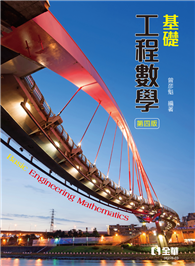Caring Through Time: Bioarchaeology of Care for the Disabled (998 words) For millennia, archaeologists have meticulously pieced together the stories of the past through artifacts, architecture, and skeletal remains. However, a significant portion of the population has been largely overlooked: disabled and/or impaired individuals. Traditionally portrayed as liminal figures, shrouded in narratives of despair and neglect, they often vanish from the historical record (Doat, 2017). This skewed perspective results in an incomplete understanding of past societies, neglecting the rich tapestry of human experience that includes disability. A Missing Voice in the Past The archaeological record can be unforgiving to those who don’t fit the mold of the "healthy" and "able-bodied." Skeletal evidence of disabilities like blindness, deafness, or mobility impairments is often overlooked or misinterpreted. Additionally, the emotional framing of disability in past societies, emphasizing "despitness" and "dread" (Metzler, 2013), leads to a focus on individual suffering rather than the social context of care and support.
| FindBook |
有 1 項符合
Caring Through Time: Bioarchaeology of Care for the Disabled的圖書 |
 |
Caring Through Time: Bioarchaeology of Care for the Disabled 作者:Sartre 出版社:Tredition Gmbh 出版日期:2024-07-03 語言:英文 規格:平裝 / 172頁 / 22.86 x 15.24 x 1.02 cm / 普通級/ 初版 |
| 圖書館借閱 |
| 國家圖書館 | 全國圖書書目資訊網 | 國立公共資訊圖書館 | 電子書服務平台 | MetaCat 跨館整合查詢 |
| 臺北市立圖書館 | 新北市立圖書館 | 基隆市公共圖書館 | 桃園市立圖書館 | 新竹縣公共圖書館 |
| 苗栗縣立圖書館 | 臺中市立圖書館 | 彰化縣公共圖書館 | 南投縣文化局 | 雲林縣公共圖書館 |
| 嘉義縣圖書館 | 臺南市立圖書館 | 高雄市立圖書館 | 屏東縣公共圖書館 | 宜蘭縣公共圖書館 |
| 花蓮縣文化局 | 臺東縣文化處 |
|
|
圖書介紹 - 資料來源:博客來 評分:
圖書名稱:Caring Through Time: Bioarchaeology of Care for the Disabled
|











